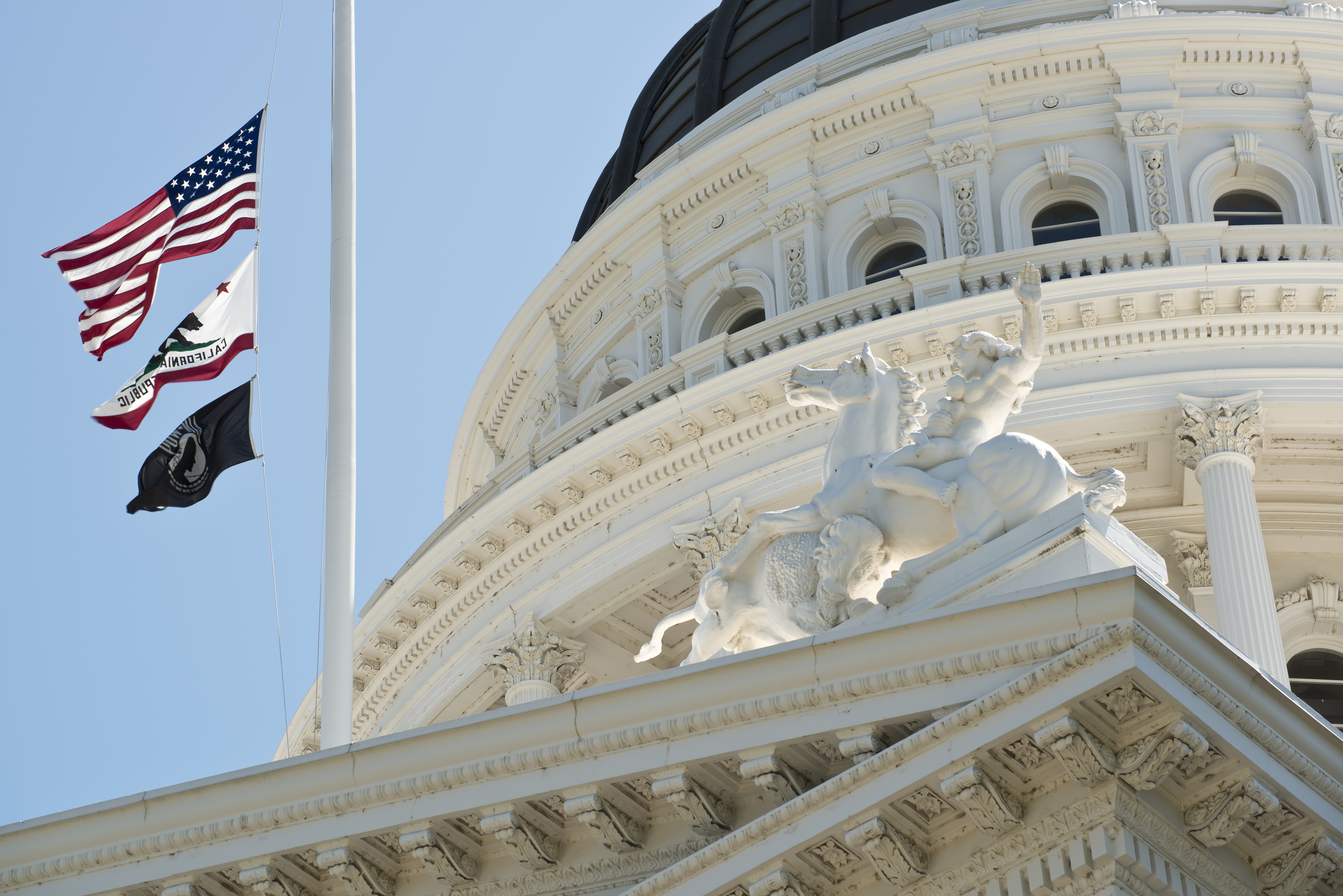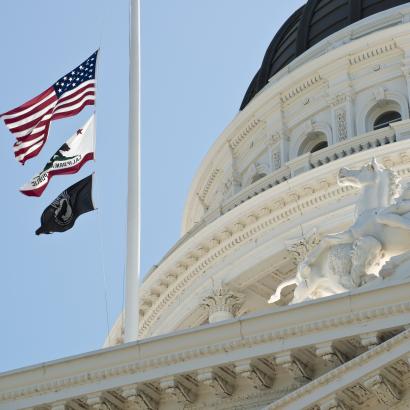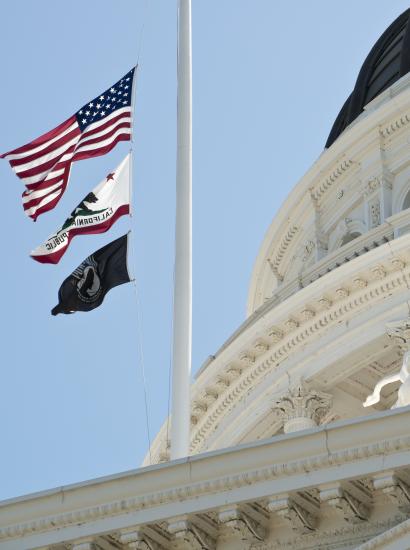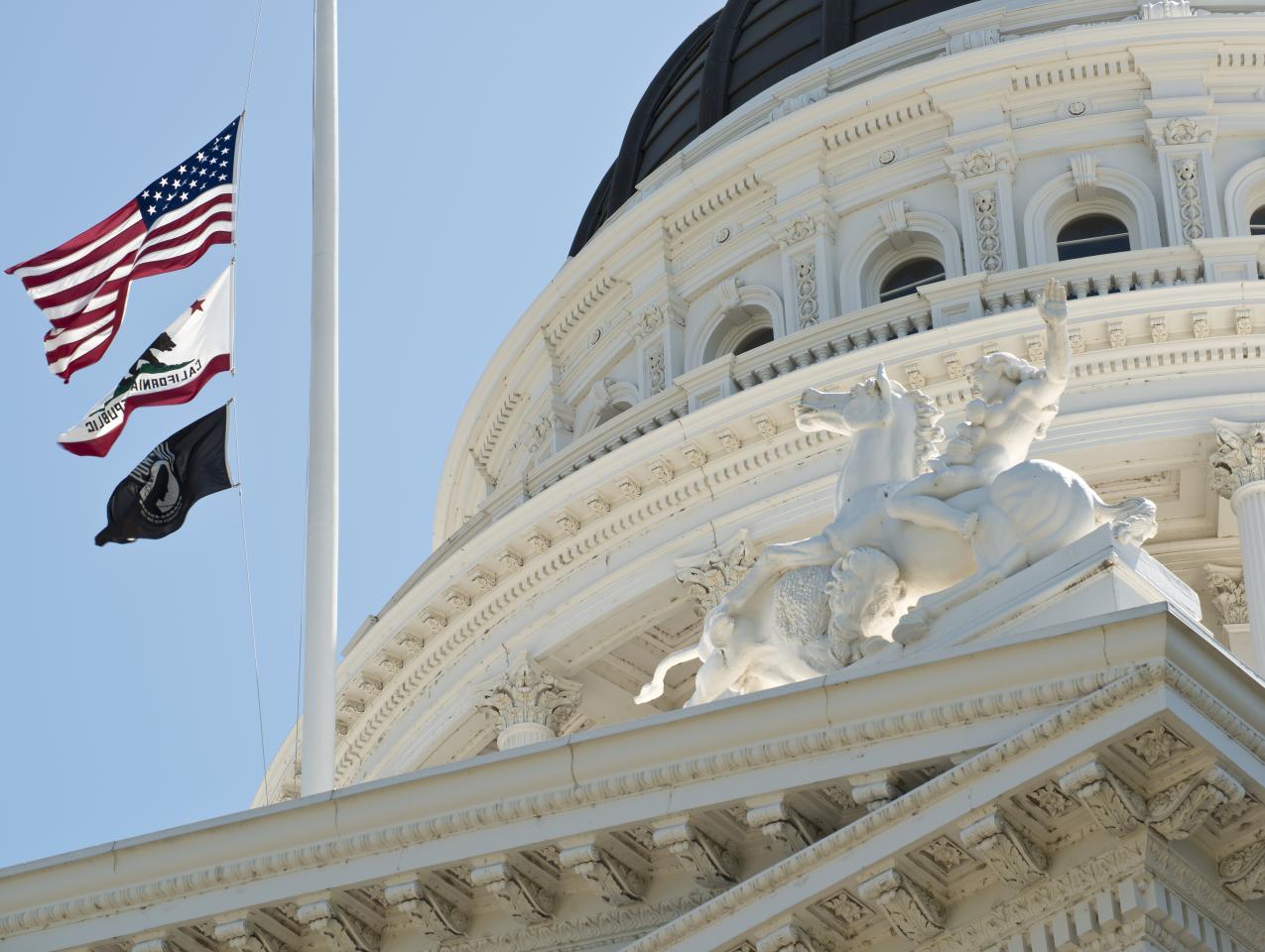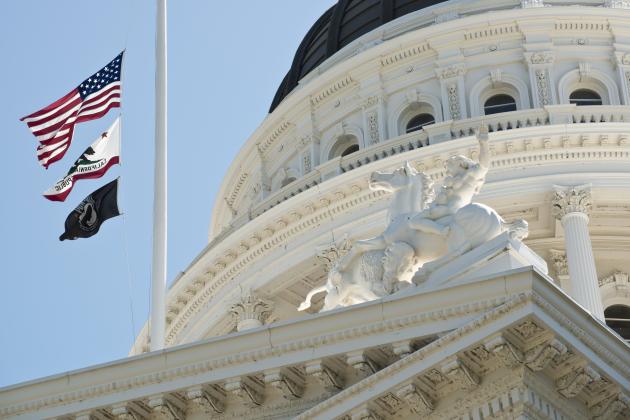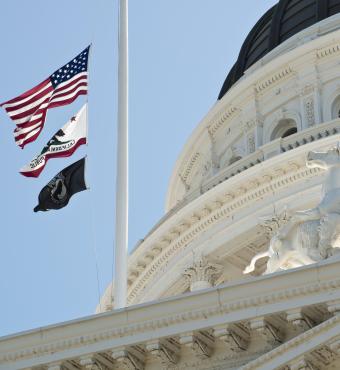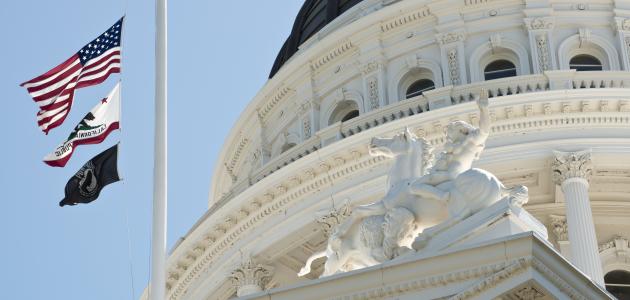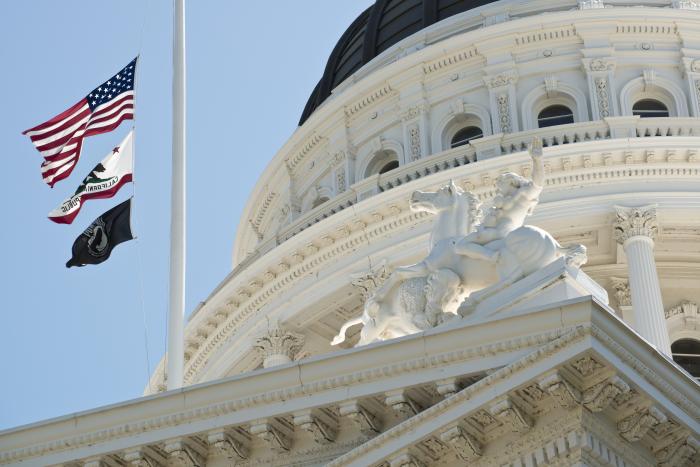California’s top-two election system is still new and that means analysis of it is seriously lacking in comprehensive data, but that doesn’t mean we can’t start digging into possible trends.
California’s northern neighbor, Washington State, also uses a top-two system and there, the primary election has been a very good predictor of the general election results. Reasons for this include higher turnout primaries – ensuring the primary and general elections have similar electorates – or the fact that voters are just more acclimated to the top-two system. In California, however, as evident by the 2012 election results, primary results are far from a good predictor.
But that doesn’t mean we can’t glean possible trends and projections out of the data. In the next three posts, I attempt to do use the two-party total Republican and Democrat 2012 election results and the 2014 primary results to explore what could happen in November. (Note: those races that featured same party candidates were eliminated.)
_________________________________________________
Today, we’ll examine the Assembly.
|
2012 Primary to 2012 General Election Differences (Assembly) |
|||||
|
|
GOP Vote |
Dem Vote |
Total Votes |
GOP Vote % Diff |
Dem Vote % Diff |
|
Overall |
2,034,877 |
3,287,689 |
5,322,566 |
(5.99) |
5.99 |
|
GOP PVI |
852,089 |
775,001 |
1,627,090 |
(9.30) |
9.30 |
|
DEM PVI |
1,182,788 |
2,512,688 |
3,695,476 |
(3.38) |
3.38 |
|
Competitive |
291,384 |
398,337 |
689,721 |
(10.92) |
10.92 |
|
Uncompetitive |
1,743,493 |
2,889,352 |
4,632,845 |
(5.38) |
5.38 |
Overall, between the 2012 primary and general elections, there was a 12 point shift away from the Republicans. But, again, this masks nuance. For Republican-leaning PVI districts, the vote shifted 19 points away from the Republicans, again likely due to the safe nature of most of these districts (and the unexpected loss of some others, like AD 36).
But Republicans saw their greatest decline (22 points) in the most competitive seats. Reasons for this likely include many of the same reasons we saw a shift at the Congressional level, but with a strongest emphasis on the collapse of the Republican candidates’ and state parties’ campaigns. Republicans went from massively winning (59.7% vs. 40.3%) the competitive districts in the 2012 primary to just barely losing them (48.8% vs. 51.2%). Note the 2012 general election margin is actually closer than the Congressional margin, giving further credence to the collapse of the Republicans’ campaigns.
And conventional wisdom regarding the Republicans’ structural advantage in mid-terms doesn’t hold true in the Assembly either. Overall, the 2014 primary was about 3 points more favorable to the Democrats than Republicans (45.6% for Republicans in 2014 vs. 48.1% in 2012) and in competitive districts, while Republicans fought Democrats to a tie, the 2014 primary result swung 17 points toward the Democrats (49.9% vs. 58.3%); this, however, incorporates AD 16, which is competitive this year, where the two Democrats running in the primary won over 60%. Republican Catharine Baker is a more natural candidate for Democrat Steve Glazer’s supporters to gravitate toward making this D+8 district a possible Republican pick-up. If we remove AD 16 from the competitive list, Republicans won the 2014 primary competitive districts with 54.8%, just a 7 point shift.
While in the Congressional races it is hard to imagine a 14 point shift toward Democrats, it is even more difficult to imagine a 22 point shift in the vote come November in the Assembly (even with an underfunded Republican gubernatorial campaign and continued slippage in Republican registration numbers). For one, Republicans are on the offensive in AD 36 and AD 65 and have strong candidates in AD 16 and AD 66.
|
|
2012 Primary GOP vs. Dem % |
2012 General GOP vs. Dem % |
2014 Primary GOP vs. Dem % |
|
AD 16 |
56.3% vs. 43.7% |
48.3% vs. 51.7% |
36.7% vs. 63.3% |
|
AD 36 |
54.0% vs. 46.0% |
47.3% vs. 52.3% |
62.5% vs. 37.5% |
|
AD 40 |
58.2% vs. 41.8% |
50.4% vs. 49.6% |
53.9% vs. 46.1% |
|
AD 44 |
58.1% vs. 41.9% |
52.9% vs. 47.1% |
55.3% vs. 44.7% |
|
AD 65 |
58.8% vs. 41.2% |
48.0% vs. 52.0% |
54.7% vs. 45.3% |
|
AD 66 |
59.5% vs. 40.5% |
45.5% vs. 54.5% |
50.5% vs. 49.5% |
Among the 2014 competitive districts, in 2012, Republicans squandered AD 36, AD 65, and AD 66 going from an average primary Republican vote of 57.4% to 46.9%. While those three districts featured tighter primary results in 2014 (an average Republican vote of 55.9%), all three of those districts now feature Democratic incumbents, while in 2012, two of them (AD 36 and AD 65) had Republican incumbents and AD 66 was an open seat.
While Republicans are only playing defense in two competitive districts (and the Republican is the favorite in AD 40), Democrats face uphill challenges in four districts (AD 16’s primary results are deceptive, as mentioned). As we saw with the Congressional races, Democratic incumbents are only marginally performing better than when they were challengers (and in AD 36, incumbent Steve Fox actually performed worse).
November turnout will be low (and could be as low as 41% to 45%). This could mean the general election electorate will look more similar to the primary electorate than 2012. As such, the shift toward Democrats, overall, will likely remain in the single digits, even for competitive races. This suggests Republicans could net, easily, the seats they require to prevent a continued Democratic supermajority in the Assembly.
Check out the Congressional analysis here.
Follow Carson Bruno on Twitter: @CarsonJFBruno.
Carson Bruno, a Hoover Institution research fellow, studies California's political and policy landscape.







